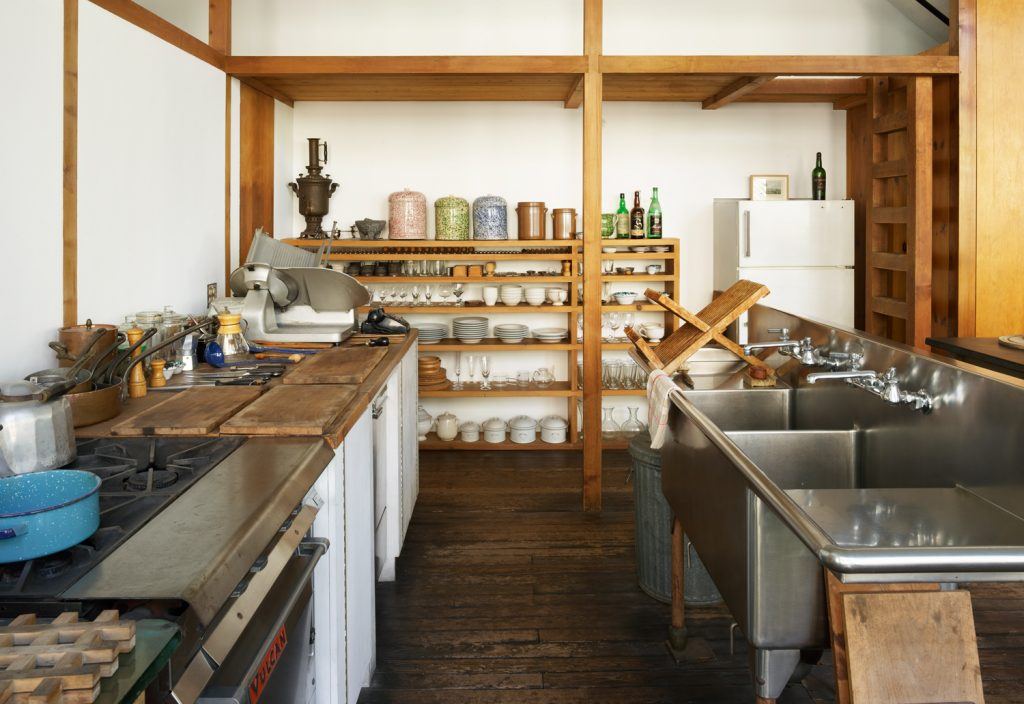For the Christmas edition of our series about the kitchens of the art world, we took inspiration from the What’s Cooking-Archive: In keeping with the life and work of five artists from the series, we gave five classic pastries a new look. The result is (almost) too good to eat! Here comes part 2 with Ólafur Elíasson, Gilbert & George and Donald Judd:
Ólafur Elíasson – Sun cookies
It is almost 20 years since Ólafur Elíasson hung an enormous artificial sun in the Turbine Hall of the Tate Gallery in London, yet the Danish-Icelandic artist is still associated with that spectacular piece. Light and color, but also experimenting with people’s perception fascinate Elíasson who locates his work on the interface between art and science.
Following Elíasson’s experiments with color we baked lemon biscuits with yellow icing that resemble depictions of heavenly bodies. Not in the least scientific but exactly right for both sight and taste.
Gilbert & George – Impeccable gingerbread men
Since the late 1960s the legendary and exemplary British eccentrics Gilbert Proesch and George Passmore have lived in the same house in London’s East End and for at least that long Gilbert & George have been seen strolling around the streets of their district, always impeccably dressed. As a contrast to the tailored suits the large-format photo works by the artist duo have titles like “The Naked Shit Pictures” or “BUM HOLES” and show the couple with their underpants down.
As gingerbread men generally seem to feel at their best when naked – except for a few token buttons – they make the ideal confectionary for an edible portrait of the artist couple.
Donald Judd – Multi-colored spiced biscuit cubes
Donald Judd became one of the best-known protagonists of American Minimal Art in the late 1960s with his installations in the guise of cubes and cuboids made from wood, steel, and Perspex. He used materials and production methods from industry for his works of art in which serial repetition played a key role. At home Judd also liked surrounding himself with industrial design objects: Although he rarely cooked, he equipped his kitchen with a professional sink unit of stainless steel and a large stove.
Even though the dough used for these spiced biscuits and caramel are not really suited for making perfect geometric objects we ventured to produce a replica of Donald Judd’s installation “Untitled” from 1992 from these very ingredients. Anyone who feels up to the challenge can use the following trick: As soon as they come out of the oven use a baking sheet or another flat implement to press down the biscuits while still hot and produce as flat a shape as possible. For the colored squares we used colored isomalt – a sugar substitute that does not turn brown when heated.

Inside Donald Judd’s New York studio, Photo: MATTHEW MILLMAN FOR SFMOMA © JUDD FOUNDATION, Image via galeriemagazine.com

Donald Judd, Untitled, 1992 (c) Judd Foundation, Image via juddfoundation.org


A creative Advent season and happy holidays!

